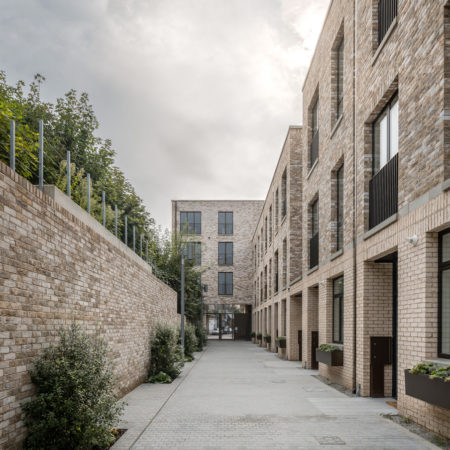How Can Zero Carbon Retrofits Negotiate The Planning Consent System?
Net zero carbon retrofits are usually presented as a technical challenge. While this is largely true, there are other complicating factors that are best addressed through a simplified delivery model.
Retrofit programmes don’t start with a blank canvas. Individual homes exist within an established street scene. This could have essential ties to history and local culture that communities and planning authorities would like to preserve.
Most old houses were built with chimney stacks, for example. Once retrofitted homes are heated using heat pumps, the chimneys have no function. They may even cast a shadow that makes PV panels less efficient. But, walk down a street of homes built pre-war or just after and try to imagine them with all the chimney stacks removed.
Hard to Retrofit Properties
Where homes are particularly difficult to retrofit it might be tempting to knock them down and build new energy-efficient homes in their place. Apart from completely altering the characteristics of an area, this might not be the most desirable or lowest carbon solution overall.
There is already embodied carbon in the existing building – is it right to ‘waste’ this? There’s also additional embodied carbon in the building that will replace it. Balancing everything out, retrofit is still likely to be the lowest carbon solution.
Other older buildings are architecturally important, even if they’re not listed. The character of an area is tied up in the built environment. This presents an additional challenge when it comes to planning retrofit programmes and working with communities and planning authorities.
The simplest and most cost-effective way to insulate homes with solid walls is usually through external cladding. But if those walls are made from locally sourced bricks, for example, cladding might not be acceptable.
Given that we have a climate emergency to deal with, protracted planning appeals will not be helpful. It helps to identify potential issues early and start consultations with residents and planning authorities.
There are nearly always alternative approaches that can achieve the net zero balance. But, these could impact the budget and timing plan.
This is why a streamlined and integrated retrofit business model is essential. Fragmented approaches will find these issues much more cumbersome to deal with.
Find out more about Osborne’s Zero Carbon Retrofit Solutions by visiting our resource centre or contact Nick Davidge ([email protected]).

